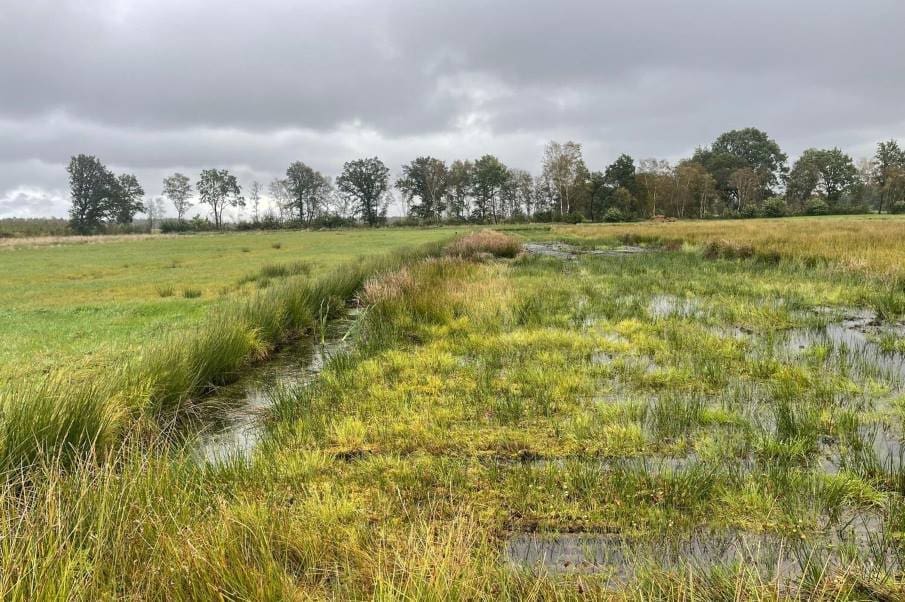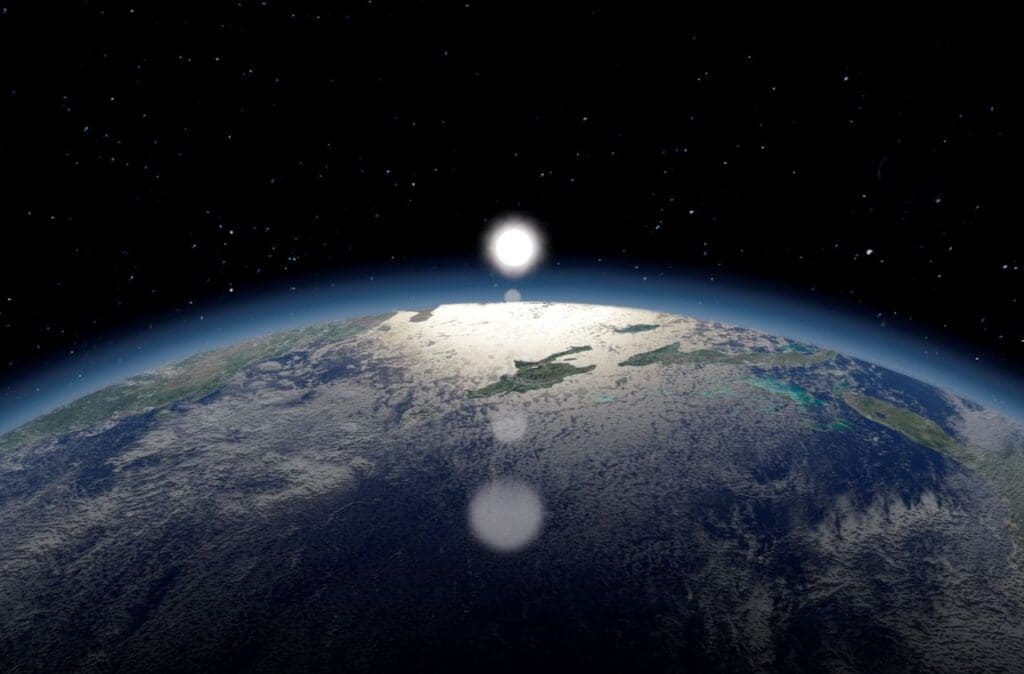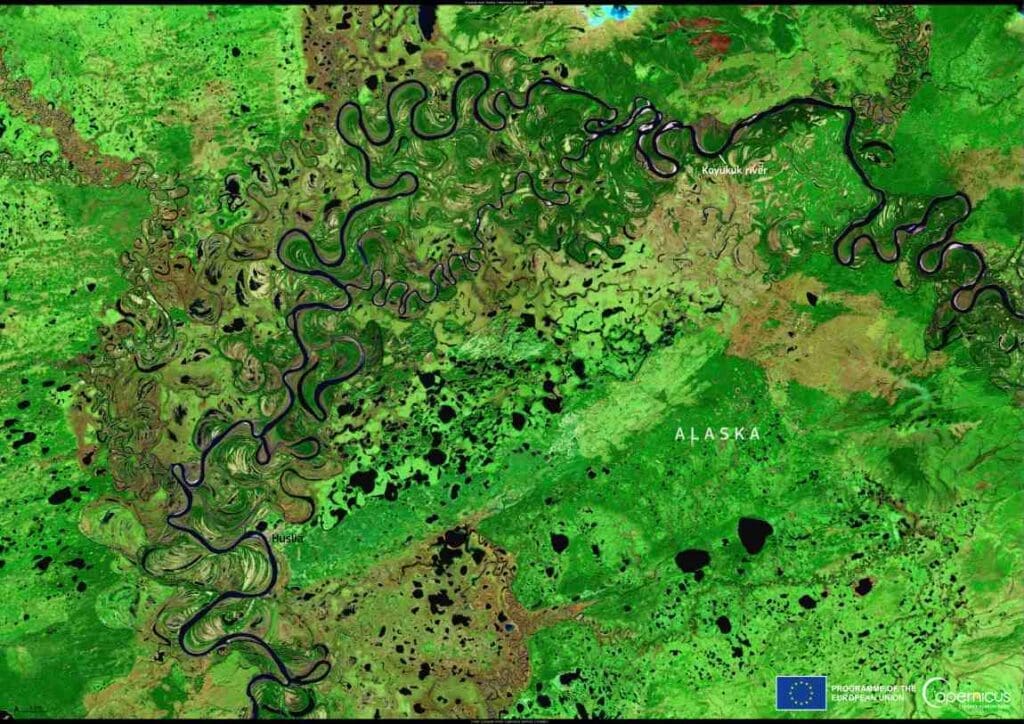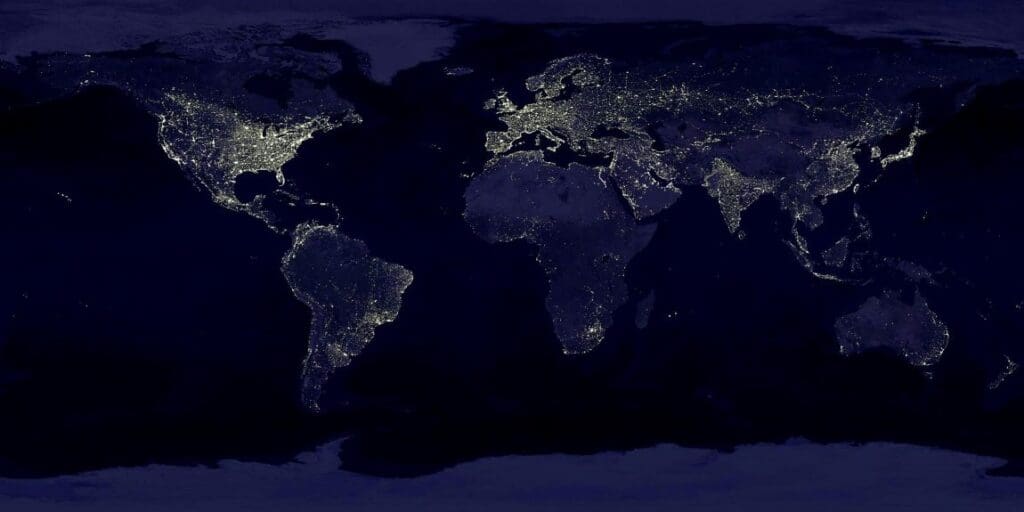Summary:
Land use sits at the center of today’s interconnected crises, from biodiversity loss and climate change to food insecurity and social inequality. Addressing these challenges requires landscapes that serve multiple purposes simultaneously – from species conservation and ecosystem restoration to food production and human well-being. Researchers at the Universities of Göttingen and Kassel have reviewed models of such multifunctional landscapes, examining concepts and practical approaches from across continents and historical periods.
Their findings were published in Nature Reviews Biodiversity.
“It is only when we understand synergies and conflicts of use that we can develop land use systems which will simultaneously meet different aims. These include: securing our food supply, regulating our climate, preserving our valuable biodiversity, and providing areas for rest and recreation,” explains Dr Marion Jay, postdoctoral researcher at Göttingen University’s Department of Agricultural Economics and Rural Development.
The review highlights both traditional and modern multifunctional systems. Agroforestry, pastoralism and paludiculture illustrate how agricultural and ecological goals can align, while urban green and blue infrastructure demonstrates multifunctionality in cities. The research emphasizes that multifunctional landscapes can guide conservation and restoration efforts while balancing ecological, social and economic objectives.

Landscapes for biodiversity, food, climate and more
Land use is at the heart of the many emergencies facing our world today: climate change, biodiversity loss, social injustice and food insecurity. These – exacerbated by unsustainable practices such as industrial agriculture – combine to create simultaneous and interconnected crises. To overcome these challenges, large parts of the Earth’s surface must meet several demands at the same time – from species conservation and food production to human well-being. This is where multifunctional landscapes come in, because they can meet many ecological, social and economic goals at once.
Researchers at the Universities of Göttingen and Kassel have evaluated how using land in such ways can support nature conservation and ecosystem restoration. Their review article shows ways to redesign land use and nature conservation using integrated approaches.
“It is only when we understand synergies and conflicts of use that we can develop land use systems which will simultaneously meet different aims. These include: securing our food supply, regulating our climate, preserving our valuable biodiversity, and providing areas for rest and recreation,” explains Dr Marion Jay, postdoctoral researcher at Göttingen University’s Department of Agricultural Economics and Rural Development. With this in mind, the researchers analysed theoretical concepts and practical approaches to land use from different continents and time periods. In their article, they present a variety of models that promote biodiversity and multifunctionality in landscapes.
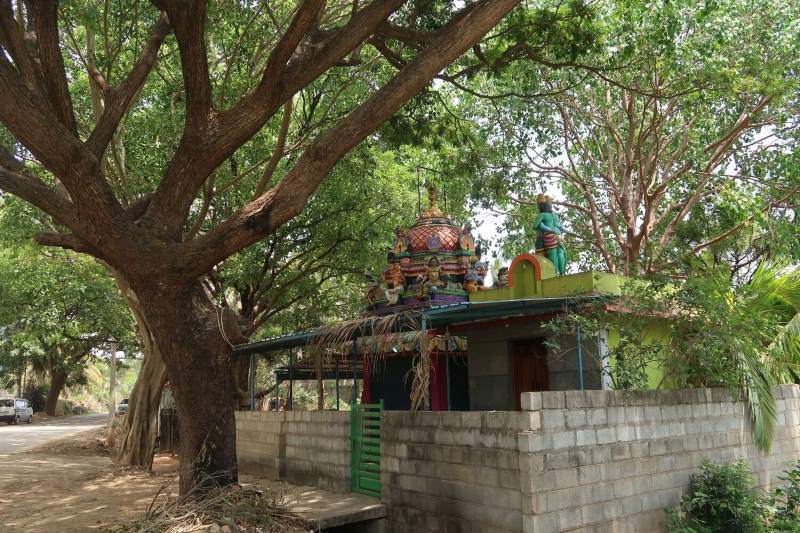
According to the researchers, multifunctional landscapes can take various forms. However, what they often have in common is a closely interconnected mosaic of forests, arable land, pastures and, in some cases, settlements, reconciling multiple land use demands. They cite traditional farming systems such as agroforestry or pastoralism as proven examples. However, both are being threatened by global trends such as industrial agriculture. In contrast, some modern multifunctional land use systems are being promoted worldwide via approaches such as “urban green and blue infrastructure.”
Urban forests, parks and wetlands are designed to serve human well-being, biodiversity, the regulation of extreme weather events and urban agriculture, for example. Multifunctional land use also contributes to the restoration of destroyed nature. One example described in the article is “paludiculture”. This refers to sustainable agricultural production on wet or rewetted peatlands. Paludiculture combines the production of biomass for food, feed, construction material or biofuels, with the preservation of wetland habitats and soils, and the restoration of ecosystem services such as carbon storage and water regulation.
To effectively integrate multifunctional land use into nature conservation and restoration measures, commitment is needed across many levels: “Cross-sector cooperation, for example between agriculture, nature conservation and urban planning, is crucial. This also applies to landscapes where the protection of biodiversity is a priority, such as in protected areas,” says Tobias Plieninger, Professor of Social-Ecological Interactions in Agricultural Systems at the Universities of Göttingen and Kassel. “Financial support, for instance by promoting both public and private investment and new business models, is just as important.”
Journal Reference:
Jay, M., Plieninger, T., ‘Addressing landscape multifunctionality in conservation and restoration’, Nature Reviews Biodiversity (2025). DOI: 10.1038/s44358-025-00091-4
Article Source:
Press Release/Material by University of Göttingen
Featured image: Multifunctional land use in Wietingsmoor: in the moor, the “paludiculture” approach combines the production of biomass – by cultivating plants like reeds for building materials and peat substitutes – with the preservation of peat soils. Credit: Claudia Heindorf

